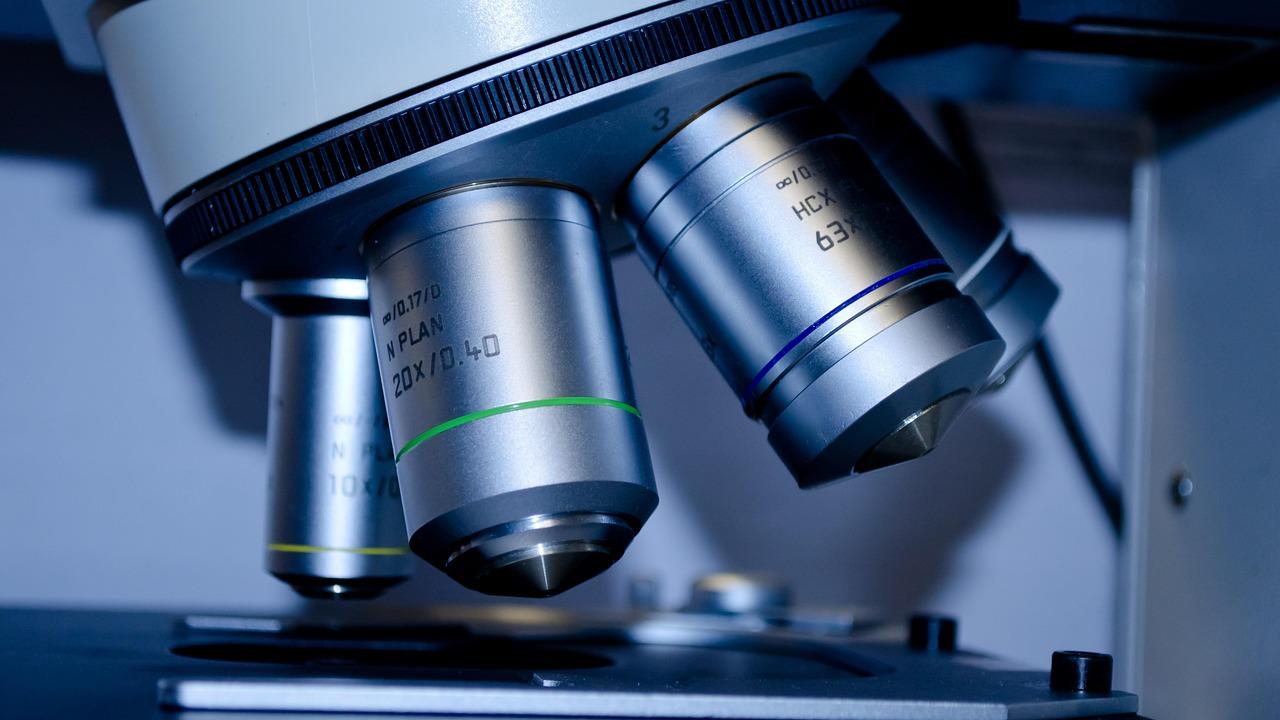
General Talking Points About CRISPR
What is gene-edited pork?
Gene-edited pork comes from pigs whose DNA has been slightly adjusted to improve traits like disease resistance.
No foreign genes are added—scientists are simply making small, natural changes to the pig’s own DNA.
What is CRISPR?
CRISPR is a tool that scientists use to make very precise edits to DNA.
Think of it like a pair of molecular scissors that can snip a specific part of a gene—allowing scientists to turn a gene off, fix it, or adjust how it works.
Is gene-edited pork safe to eat?
Yes. Gene-edited pork must pass the same strict safety checks as any other food.
Experts at the FDA and USDA thoroughly review the science to ensure it’s safe for you and your family. It takes many years or research and date before a gene-edited product would hit your plate.
Does gene editing mean the pig has been genetically modified?
Not in the way most people think.
Gene editing is different from older GMOs. It doesn’t involve adding genes from other species—just making changes to the pig’s existing DNA to enhance its natural traits.
Will gene-edited pork look or taste different?
Not at all.
It looks, cooks, and tastes just like the pork you already buy. The edits affect how the pigs grow—not how the meat turns out.
Why are farmers using gene editing?
To raise healthier animals and reduce the need for things like antibiotics.
Gene editing can help pigs resist diseases like PRRS, which improves their welfare and reduces losses on the farm.
The CLEAR Center receives support from the Pork Checkoff, through the National Pork Board.
